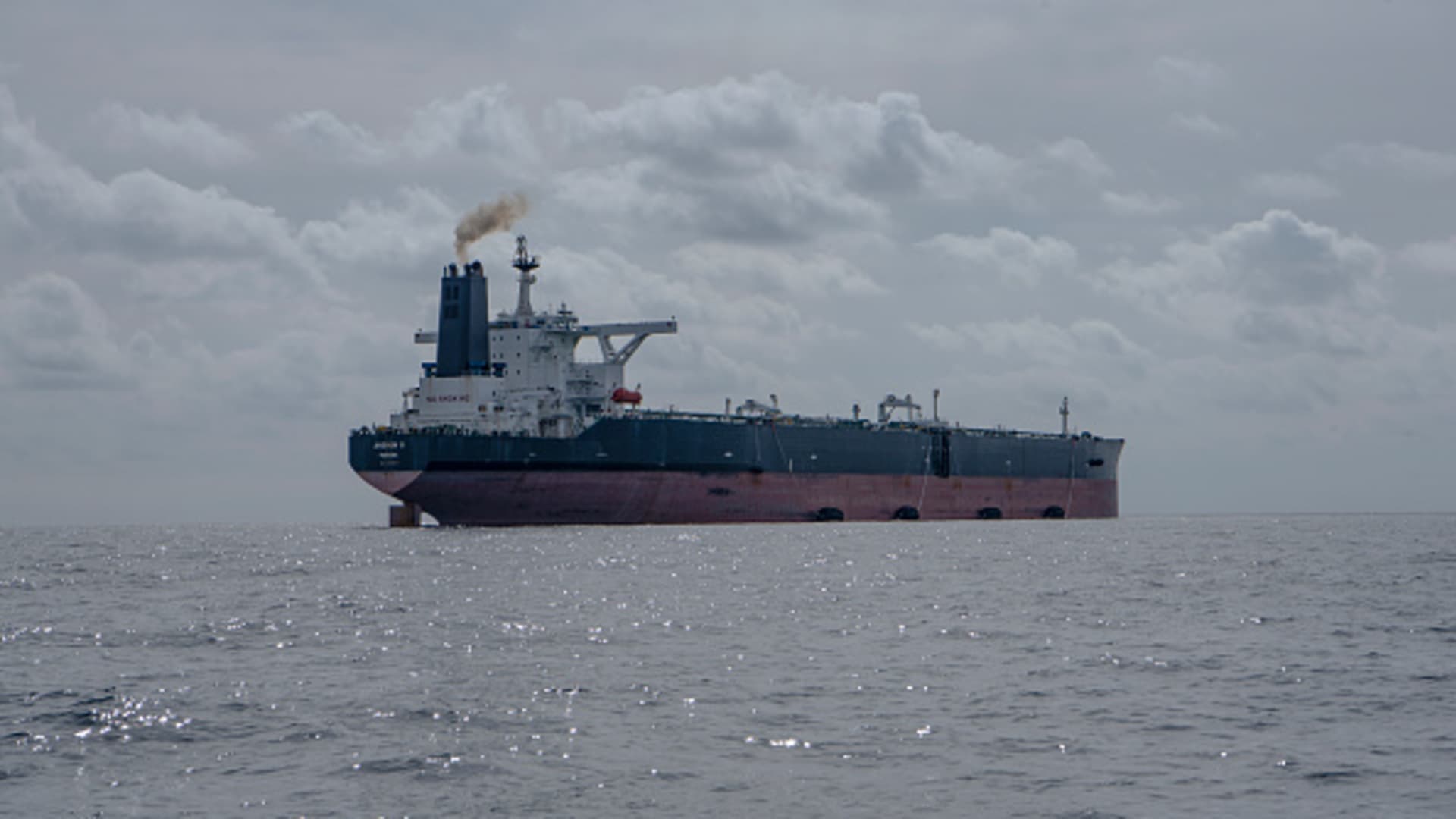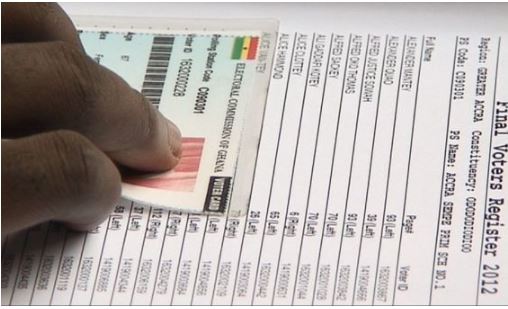- Acting US labour secretary to meet with Boeing and union to end impasse
- Russian oil trade is rising with record crude volumes on 'dark fleet' vessels despite sanctions, price cap
- Health-care costs hit a post-pandemic high. These moves during open enrollment can help
- Warren Buffett's Berkshire Hathaway hikes its SiriusXM stake to 32% after Liberty deal
- Fed Governor Waller sees need for 'more caution' ahead when lowering interest rates
What do you believe is the single most important factor driving up the cost of living in Nigeria?

Russian oil trade is rising with record crude volumes on 'dark fleet' vessels despite sanctions, price cap
A Russian-chartered oil tanker in the sea off Morocco in an area identified by maritime technology company Windward as a hub for smuggling oil.
"A cap enforcement crackdown runs the risk of driving up crude prices," he said. "Plus, using 'secondary' sanctions to enforce the cap could push reputable insurers out of the Russian crude game entirely, leaving the market to potentially insolvent stand-ins."
Kevin Book, managing director of research at Clearview Energy Partners, told CNBC that despite the G-7's June and September calls for improving the price cap, and recent guidance urging parties to Russian petroleum transactions to better scrutinize cargoes, "a U.S. pinch on Russian petroleum seems unlikely until after the election."
In a recent report to clients, Clearview Energy Partners characterized the G-7 price cap on Russian petroleum exports to third countries as "increasingly loose."
Ukraine allies, including the U.S., have banned the import of Russian crude, while a price cap imposed on Russian oil by the G7 countries, the European Union and Australia bans the use of Western maritime services such as insurance, flagging and transportation when tankers carry Russian oil priced at or above $60 a barrel to nations where a ban is not enforced.
According to Clearview Energy Partners, Russian crude prices over the last four weeks have averaged about six cents below the Brent crude price. That is far off the trading discount when the cap was first put in place. When the cap was fully phased in, in February 2023, Russian crude was selling at a 30% discount. A year ago, the discount was about 16%.


- October 15, 2024
PDP files petition to challenge Edo governorship election

- October 15, 2024
Why Ndindi Nyoro is unlikely to succeed Gachagua as deputy president

- October 15, 2024
The high stakes, delicate balancing act in Gachagua replacement

- October 14, 2024
MP urges activists to advocate for review of Ghana’s Constitution

- October 14, 2024
IDEG-CTI to deploy 1,500 election observers


- October 15, 2024
Mahama condemns Mamobi shooting incident
Subscribe to our mailing list to get the new updates!

Subscribe our newsletter to stay updated
Thank you for subscribing!




